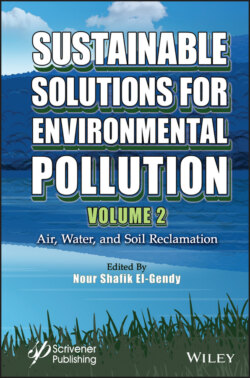Читать книгу Sustainable Solutions for Environmental Pollution, Volume 2 - Группа авторов - Страница 53
1.12.3 Mosquitoes
ОглавлениеThe main nuisance associated with CWs is the prospect of an increase of the mosquitoes’ population and the potential transmission of diseases (e.g., West Nile, dengue and chikungunya viruses, or Plasmodium malaria). Mosquitoes are Diptera insects of the family “Culicidae” represented by more than 3,500 species worldwide. They develop in two phases: a strictly aquatic thermo-dependent larval phase and an aerial adult phase. Larval development can last between five days and three months depending on the water temperature (thermo-dependence) and the availability of food resources (they consume small planktonic organisms). Following their emergence out of the water, adult females search for the proteins necessary for the maturation of their eggs thanks to blood meals on various hosts such as mammals, birds and reptiles (Valdelfener et al., 2019).
A drastic strategy, for subsurface flow structures, is to ensure that no area will remain in water for a period of more than four days. Running and covered water minimizes mosquito development. Water levels can be managed at certain times of the year to create habitat that is hostile to mosquito development. In the case of permanent water bodies, such as FSF-CWs, the most effective strategy consists to achieve a well-balance ecosystem, allowing the permanent presence of communities of predators and competitors of larval mosquitoes (fish, crustacean zooplankton, and aquatic insects) and imagoes (insects, amphibians, bats, and birds such as swallows) (Medlock and Vaux, 2015). More permanent CWs have more predators, and therefore, mosquitoes’ density is reduced (Holmes and Cáceres, 2020). However, caution should be exercised on the introduction of non-native fish species. Indeed, an overpopulation of predators can considerably reduce macro-invertebrate diversity and unbalance the water bodies (Becerra-Jurado et al., 2012).
